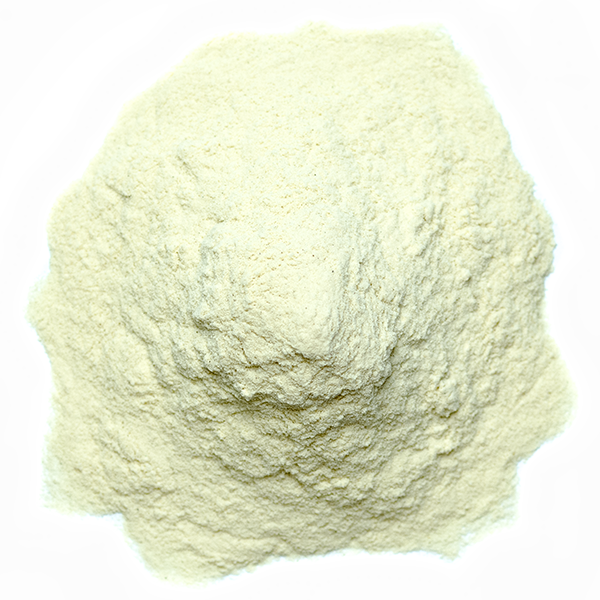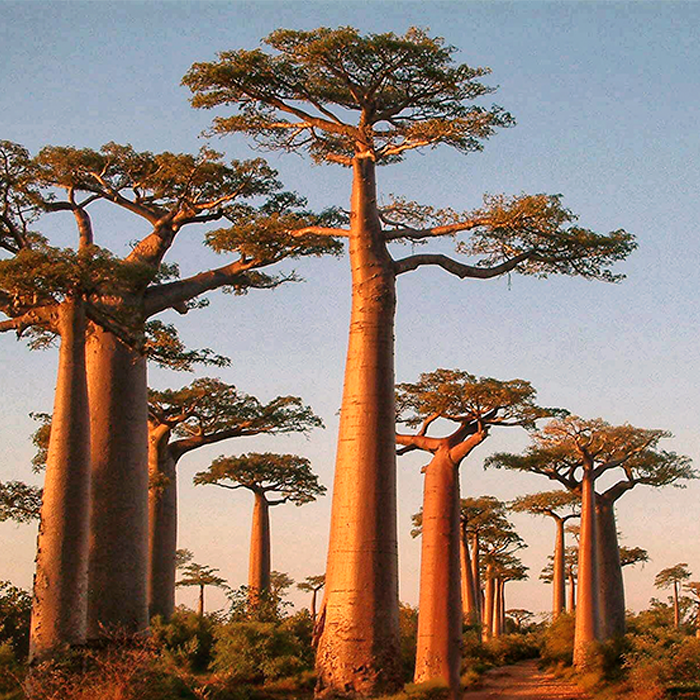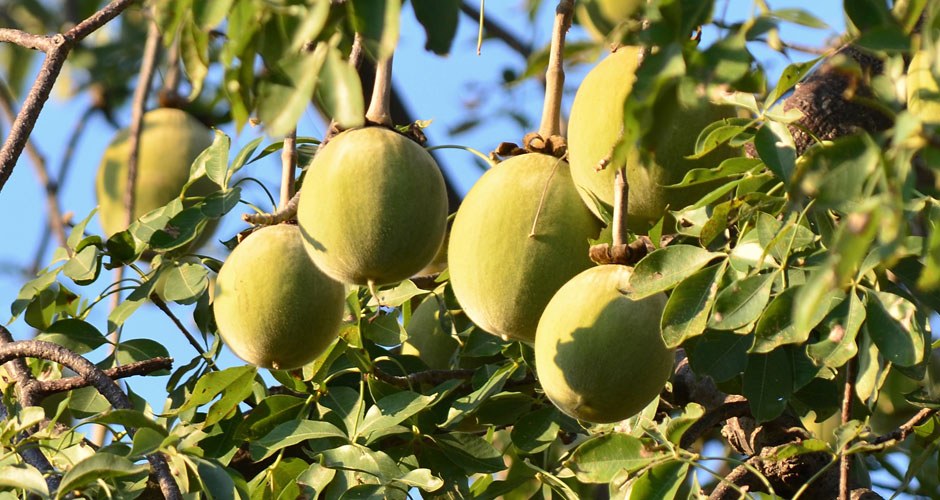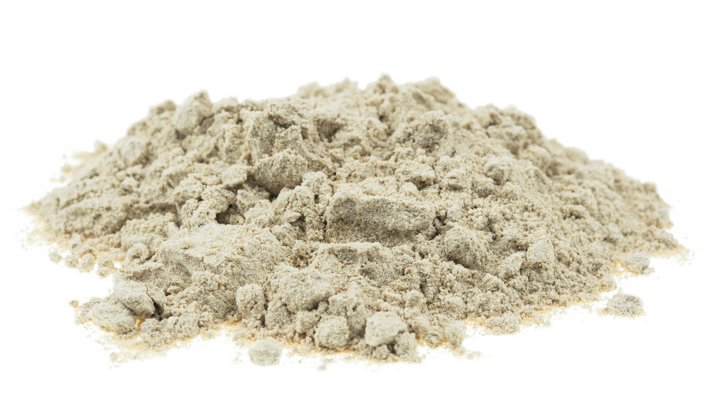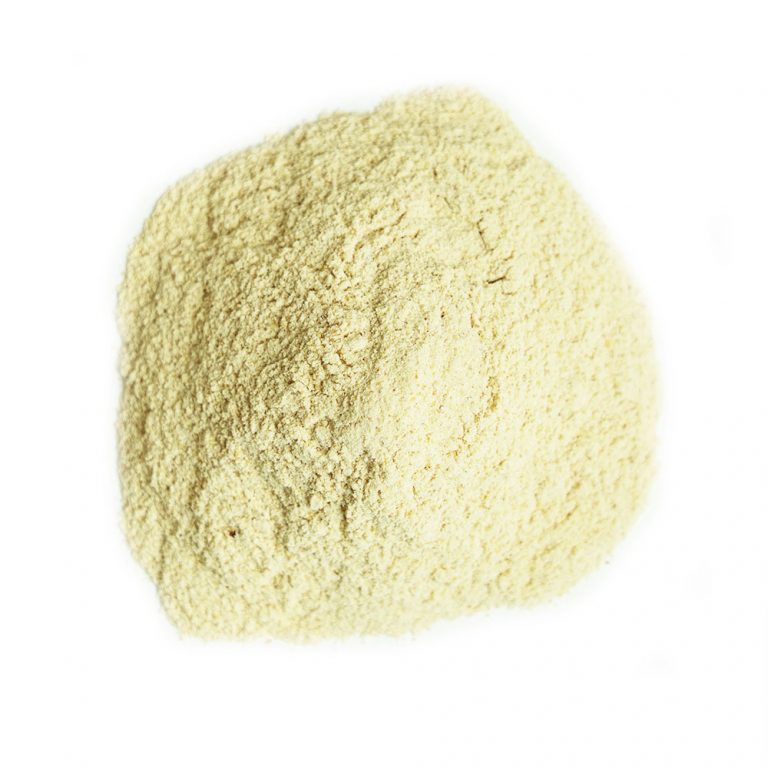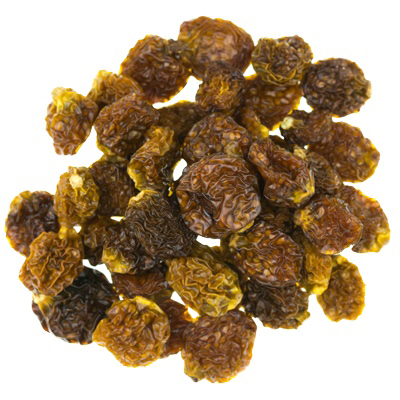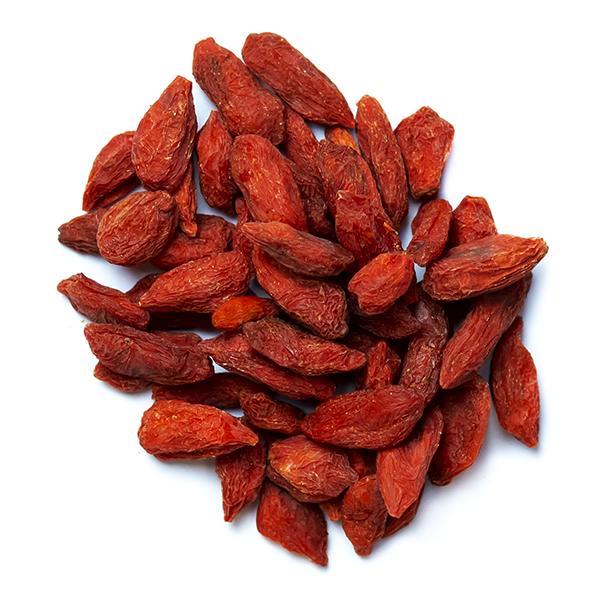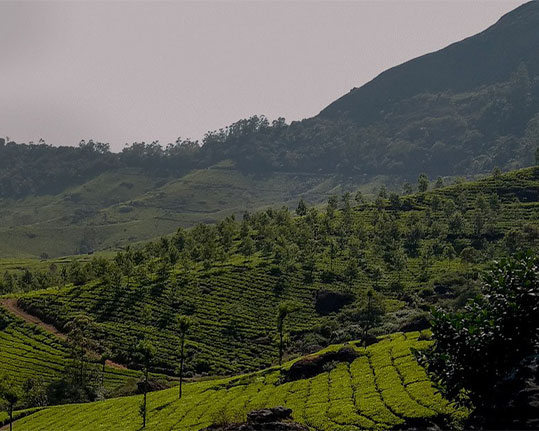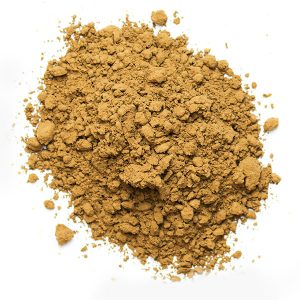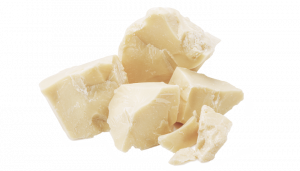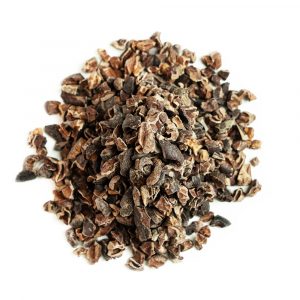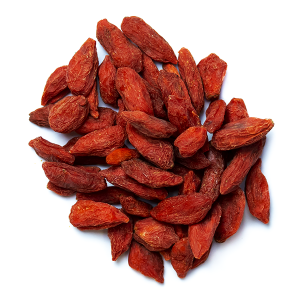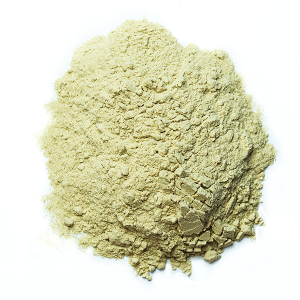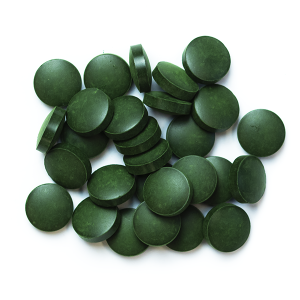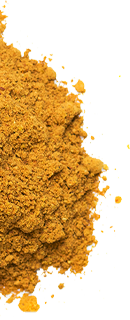Found in 32 African countries, the baobab tree or ?tree of life? boasts the nutrient-rich fruit known as baobab. Living for more than 1000 years, baobab trees take up to 25 years to produce the baobab fruit ? a sweet-citrus tasting fruit with a sherbet-like texture.
Holding thousands of litres of water, the baobab tree (Adansonia Digitata) can reach 25 meters in height, and the trunks can exceed 20 metres in circumference. The wood is light, and the giant trunks are often hollowed for a variety of uses. Hollowed baobabs have been used as stables, stores, bus shelters, water reservoirs and, in Australia, a bar.
Almost every part of the tree is functional. Fibres are woven into ropes, basket nets and fishing lines, the roots are used to make a red dye and the hard fruit shells are used as pots for food. The leaves, especially when young, are used in a similar way to spinach, or can be dried, powdered, and used in soups. However, the pulp of the baobab fruit is the most important resource.
